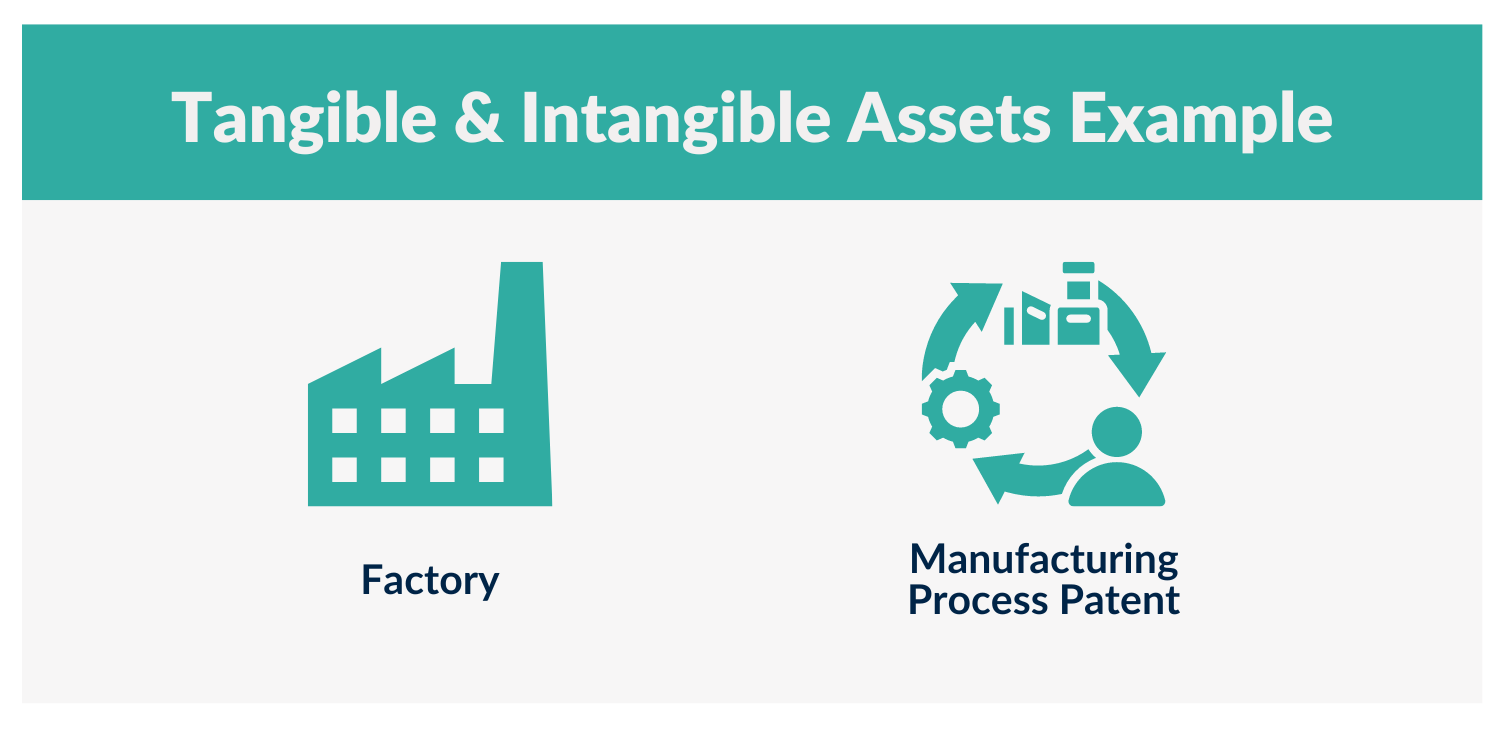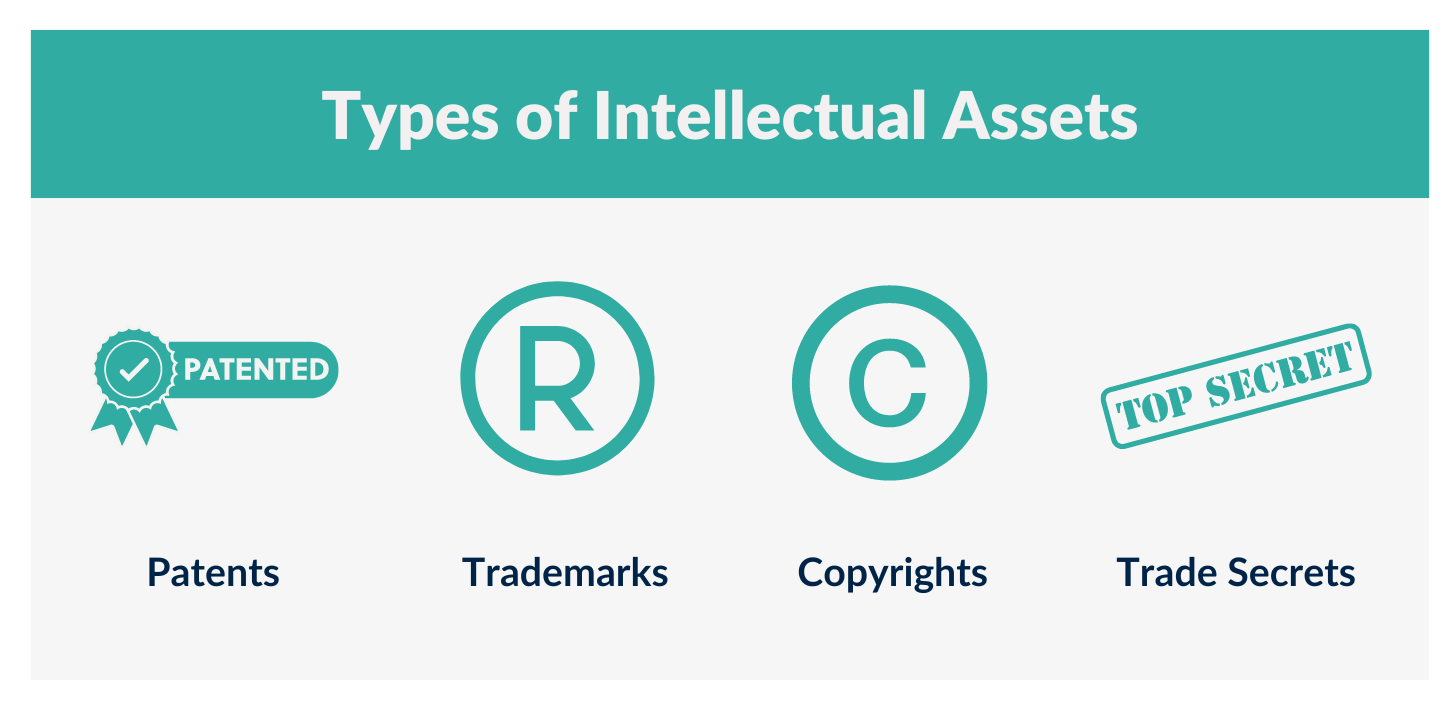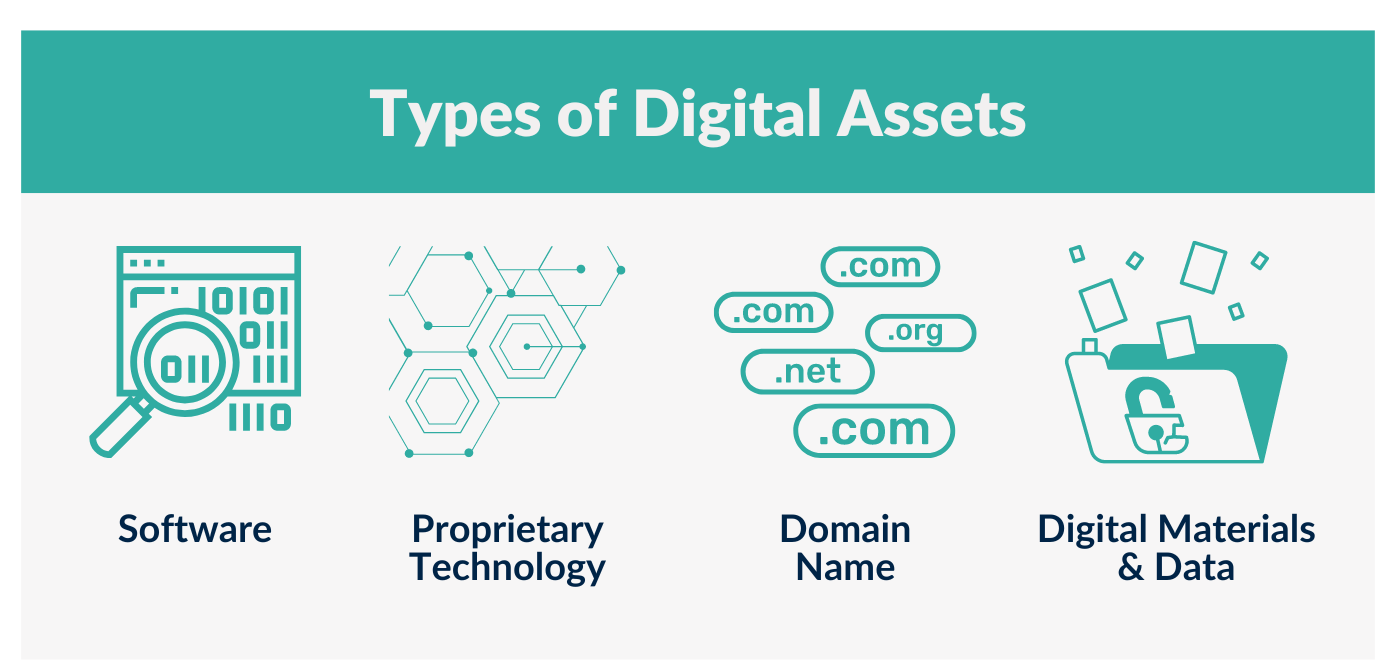
If you want to know how much a business is really worth, you have to look beyond its physical assets or tangible assets, such as equipment and inventory.
For investors, business owners, high-income earners, and even those engaging in estate planning, understanding the significance of intangible assets is paramount.
A company’s intangible assets are what makes the business valuable. More than 90% of the value of a business can come from intangible assets, which also drive almost all its revenue and earnings growth.
In this article, we’ll discuss intangible assets and how they may help you build wealth through intangible assets.
What are Intangible Assets?
Intangible assets do not have physical substance or physical form. But they hold intangible value through rights, competitive advantages, or potential benefits.
Although they do not physically exist in nature, unlike a tangible asset such as a factory, intangible assets are crucial for a company’s long-term value and success.
For example, a factory represents a tangible asset, while a patent for a manufacturing process is an intangible asset. The factory is a physical structure, while the patent represents intellectual property that provides an edge over the competition.
Intangible assets examples include intellectual property, brand recognition, goodwill, and relationships. They accrue value over time and are listed on a company’s balance sheet as long-term assets, usually under the heading “intangible assets”.
Types of Intangible Assets
Intangible assets include scientific or technical information, process or system design and execution, licences, market knowledge, and trademarks.
Intangible assets represent a unique aspect of a business’s identity and capabilities, enabling companies to stand out in the market, foster innovation, and create long-term value.
Let’s take a closer look at the three main categories of intangible assets – intellectual property, goodwill, and digital assets.
Intellectual Assets
Anything that results from creative, unique human thinking is considered an intellectual asset or intellectual property (IP). Patents, trademarks, trade secrets, and copyrights are types of intangible intellectual properties and IP Australia administers IP rights and legislation for these.
Patents protect new inventions, granting exclusive rights to use, license, or sell the invention for a limited time. For example, a pharmaceutical company developing a new medicine may patent its formulation and method of action to get exclusive rights to manufacture and sell it.
Trademarks are used to identify a business or its goods/services, distinguishing them from competitors. For example, a tech company may trademark their logos to build brand awareness and prohibit competitors from adopting them.
Copyright protects creative works such as literary, artistic, and musical creations, granting exclusive rights to reproduce, publish, and adapt the work. For example, an author may obtain a copyright for their novel, granting them exclusive rights to publish and distribute it, preventing others from reproducing or distributing it without permission.
Goodwill
Goodwill above recorded book value refers to the situation where a company’s goodwill, representing intangible assets like brand reputation and customer relations, exceeds the book value of the company’s net assets.
This excess reflects the premium paid by an acquiring company for intangible qualities that are not captured in the target company’s financial statements.
Example: A Local Cafe with Loyal Customers
Imagine a local cafe with a strong customer base and a reputation for exceptional service. If a bigger coffee chain buys this café for more than its net assets’ book value, the excess amount represents the value of the cafe’s loyal customers, brand equity, and unique ambience that contribute to its success.
Example: A Tech Startup with a Talented Team
Consider a tech startup known for its innovative products and a highly skilled team of developers. If a tech giant acquires this startup at a price exceeding its net assets’ book value, the surplus signifies the value of the startup’s intellectual capital, expertise, and potential for future growth.
Digital Assets
Computer software and proprietary technology are the most recognisable digital assets. It includes software developed in-house or purchased from third parties.
Other digital assets of businesses include internet domain names, digital photos, videos and documents, social media graphics, logos, infographics, podcasts, memes, GIFs, music files, and more.
Digital assets are essential for marketing campaigns, brand visibility, and audience engagement, enhancing businesses’ online presence, attracting clients, and setting them apart in the competitive market.
Valuing and Accounting for Intangible Assets
Intangible assets like intellectual property, brand reputation, and customer connections are hard to value owing to their unique immaterial characteristics. Specialised appraisers or accountants can accurately assess and assign value to intangible assets based on market trends, competition, and future cash flows.
Australian Reporting Rules and Tax Considerations
The Australian Accounting Standards Board (AASB) has established Accounting Standard AASB 138 Intangible Assets, which outlines the criteria for recognising and measuring intangible assets in financial statements, ensuring transparency and consistency.
Additionally, the Australian Taxation Office (ATO) closely monitors transactions involving intangible assets to prevent tax evasion and ensure compliance with international tax laws, requiring businesses to adhere to these regulations for financial integrity.
Businesses must adhere to these regulations to avoid penalties and maintain financial integrity.
Maximising the Value of Intangible Assets
Intangible asset valuation involves strategic planning to maximise their long-term value. Businesses must continuously assess the impact of these assets on their performance and competitiveness, understanding their contribution to market position and brand strength.
Integrating intangible asset valuation into strategic planning may enhance the market value and sustain a competitive advantage over time.
Why You Need Support in Spotting Valuable Intangibles
Your professional network, with their specialised expertise, can help businesses recognise the potential value in overlooked intangibles, understand the valuation process, and leverage these assets for various business objectives.
Beyond the Numbers
Financial statements highlight tangible assets and performance metrics, but intangible assets like customer loyalty, innovative processes, and brand recognition significantly enhance a business’s value.
For example, by examining customer loyalty and assessing innovative processes you could potentially identify a stable customer base, or highlight a company’s competitive advantage and potential for growth.
Identifying Hidden Value
Business owners often overlook the importance of intangible assets like customer lists, established brands, and proprietary software, which are crucial for a company’s success and significantly increase its worth.
A client list, established brand, or proprietary software may provide businesses with a competitive edge in industries with high customer acquisition costs, offering a unique selling proposition.
Valuation Assistance
Your professional support network understands the valuation process for both tangible and intangible assets.
Despite not being appraisers themselves, financial advisers can identify when to involve specialists for accurate valuations.
Financial advisers guide clients on the necessity of appraisals for intangible assets, helping them make informed decisions about their business’s worth.
Integrating into Strategy
A professional network can help businesses leverage their intangible assets for various purposes, such as investment decisions, business expansion, or exit planning. They can even create a strategy for intangible assets and your legacy plan.
For example, a strong patent portfolio may potentially be used to secure funding or attract investors. An exceptional brand reputation may support business growth by attracting new customers and partnerships.
Conclusion: What are Intangible Assets?
Intangible assets, such as brand recognition, patents, trademarks, copyrights, and goodwill, are non-physical resources that significantly contribute to a company’s value and competitive advantage. However, these assets are often difficult to value and may not be fully included on corporate balance sheets.
When a company acquires or merges with another company, would its purchase price be of fair value?
Seeking the advice of an experienced professional network that specialises in business growth can make it easier for you to find the most comprehensive and cost-effective options to value a business.
Newcastle Financial Group offers a range of tailored services to assist business owners in addressing their specific financial concerns and challenges.
Call us or book online to secure your initial meeting with us today and get started!
Read our client testimonials to know more about the scope of our services.
References:
- https://sbi.sydney.edu.au/intangible-assets-under-valued-and-under-rewarded-by-local-investors/
- https://www.ipaustralia.gov.au/about-us/our-agency
- https://www.aasb.gov.au/admin/file/content105/c9/AASB138_08-15_COMPmay19_01-20.pdf
- https://www.ato.gov.au/businesses-and-organisations/corporate-tax-measures-and-assurance/privately-owned-and-wealthy-groups/what-attracts-our-attention/business-structure/international-transactions/intangible-assets
- https://www.ipaustralia.gov.au/understanding-ip
- https://www.ato.gov.au/businesses-and-organisations/corporate-tax-measures-and-assurance/privately-owned-and-wealthy-groups/what-attracts-our-attention/business-structure/international-transactions/intangible-assets
Related Articles
Exchange-Traded Funds vs Managed Funds
Secure Your Today, Shape Your Tomorrow: Premium Financial Advice You Can Trust








